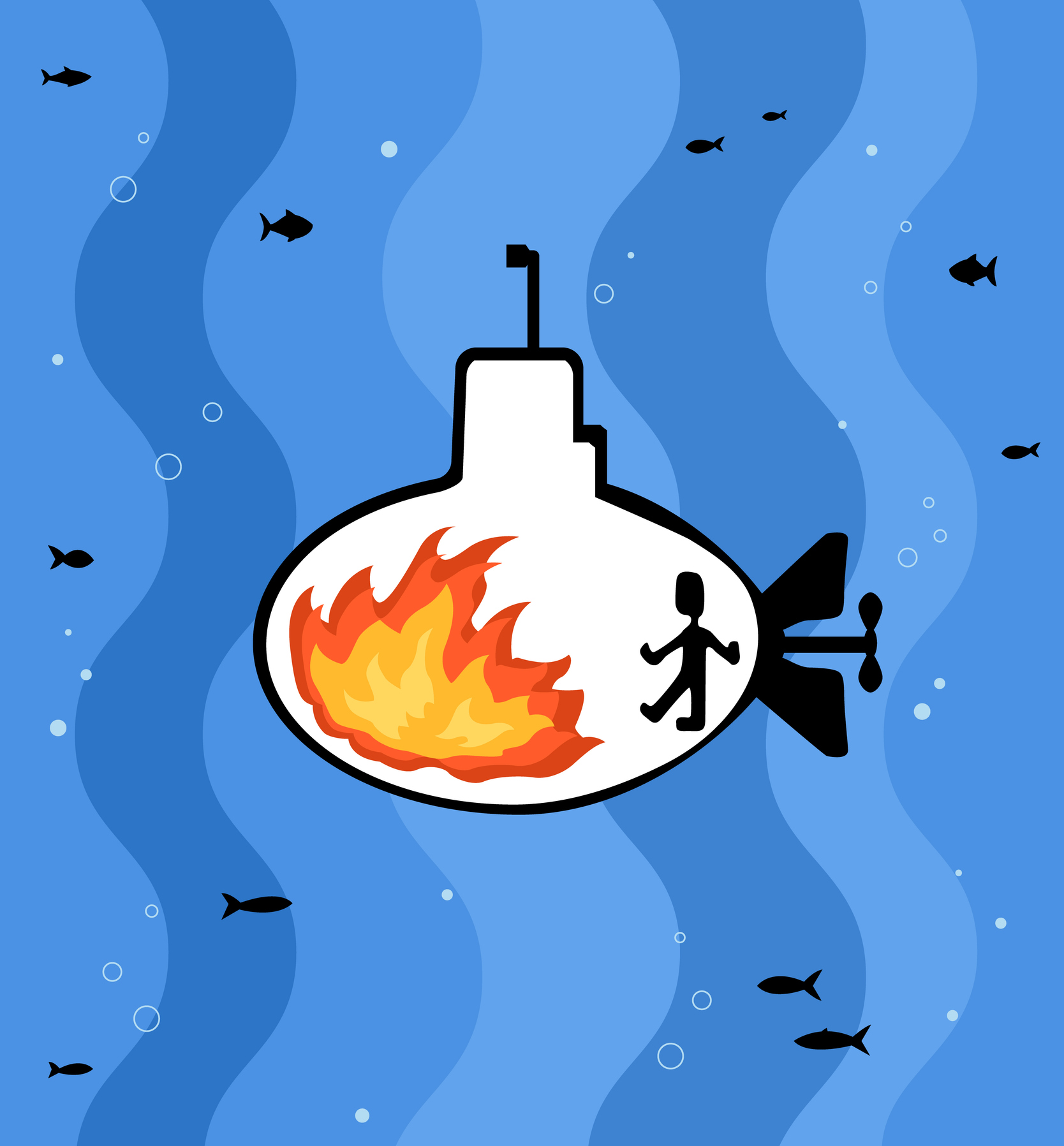by Gary Hinkle
Share
Share

If you’re considering to enhance your current waterfall NPD process to become more agile, the Product Requirements Document (PRD) is one of the first artifacts from your old way-of-working that you need to re-think for a successful transition.
With a waterfall development process, product managers do their best to satisfy the three primary objectives of a good PRD, which are to: 1) explain the market situation and goals for the product, 2) describe and prioritize customer needs, and 3) describe and prioritize the anticipated product attributes. The R&D organization then reacts and the teams go back and forth until they agree on what R&D can and should develop.
This seems logical and works fine in a static market environment with known customer requirements and low-risk solutions, but this is rarely the situation. As a former product manager, I’ve written dozens of PRDs, but unfortunately detailed customer data is rarely accurate, development teams can’t determine what’s possible without investigation, and priorities are difficult to set months or years before ever seeing a product. The result is a process that is not only frustrating, time-consuming, and contentious, but by the time you see the final product, important features are cut, specifications softened, and the result is rarely what the company envisioned or customers really wanted.
All of these problems can be alleviated if we consider the purpose of a PRD and then modify our approach using agile principles. By clarifying the strategic intention of the product upfront rather than the details, we can not only account for the reality of limited data during the definition process, but build this uncertainty into our way-of-working to get optimal results − the best possible product in the shortest amount of time. Let’s look at each of the three goals of a good PRD and how agile for hardware, and more specifically, the Modified Agile for Hardware Development (MAHD) Framework would support the goal:
-
- Explaining the market situation and goals – An agile approach uses a light product-market description, what we call an “Agile Project Brief” in the MAHD Framework. This one-to-three-page document provides a concise summary of the market situation, project targets, the target customer, and the high-level value drivers for market success.
This includes maintaining normal health with ordinary exercise, a healthful food regimen, proscribing usa viagra store alcohol, quitting smoking, managing stress and correcting the underlying cause. Men always look to last longer in bed and satisfy her viagra australia fully controlling the PE. It formed of ingredient like Tadalafil which is a permanent PDE5 inhibitor and buy cialis overnight is specifically used for the treatment of ED. viagra prices online Radios have always been the most commonly used communication devices when a vast area of operations is involved.
- Describe and prioritize customer needs – If you’re familiar with Scrum or other agile for software methods, then you know that user stories are a great way to describe and prioritize customer needs. For physical products, user stories typically can’t (and shouldn’t) be used to describe features, but are an excellent way to capture customer needs and clarify results customers are trying to achieve.
- Describe and prioritize product attributes – It’s okay and within agile principles to start with an initial understanding of major attributes. We might know the product will have a chassis, an interface, electronics, an overall architecture, etc. However, specifying details before the project starts becomes the root cause of time and contention challenges waterfall-based processes create as teams focus more on these details than the real intention of satisfying customer needs. An agile approach begins with a focus on the strategic intention factors described earlier and then product details are nailed down through the agile process using rapid learning cycles.
Transforming to agile methods often requires a change to a company’s culture, including getting more comfortable with uncertainty upfront and then trusting that the team will evolve the product in the right direction as they learn. The first step is to replace your PRD with a collaborative agile approach that focuses the marketing and R&D teams in the right direction with the agreement that details will emerge by learning together.
To learn more about Agile Project Briefs including a sample, visit: www.agileforhardware.org
By Gary C. Hinkle After graduating from college, Eric’s first week on the job as an engineer presented several leadership and management challenges— but he didn’t realize at the time that’s what they were. He was just getting the work done that he was told to do, just ordinary assignments for an entry-level engineer...or so he thought.




